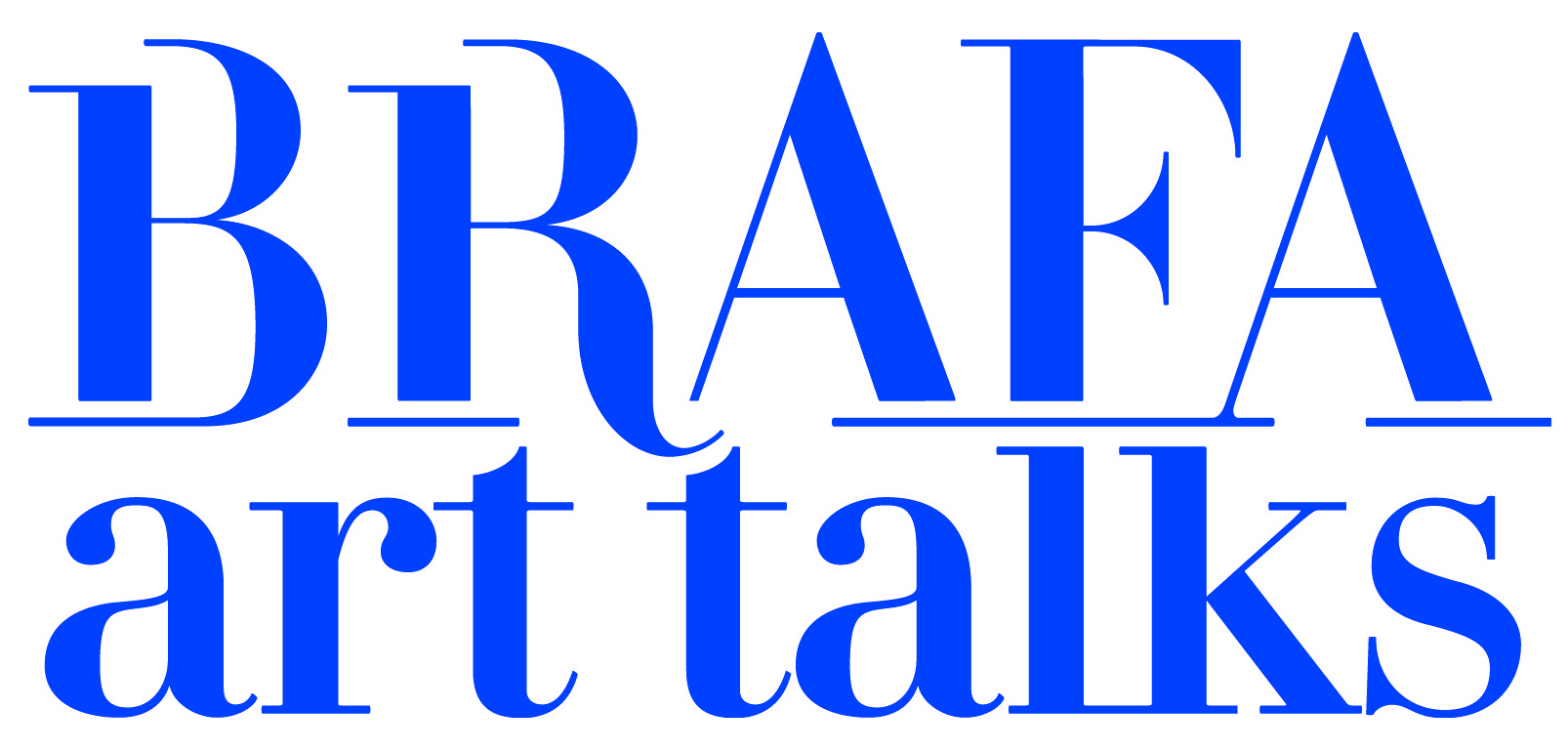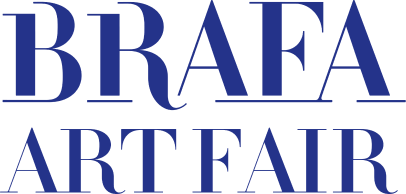BRAFA ART Talks

BRAFA loves culture, and loves to share it! Daily at 4 pm, BRAFA offers a talk by a renowned art-world expert specializing in curating, restoration or the art market.
Knowledge of art history is important to art lovers, collectors and dealers alike. For the third year in a row, BRAFA has therefore joined forces with the non-profit association BIAPAL to organize the BRAFA ART TALKS, a series of daily lectures. Curators, collectors, restorers and experts in the art market will take turns to share their knowledge and expertise, covering subjects as diverse as modern painting, Old Master drawings, restoration techniques, Egyptology, non-European art, floral decoration and the art of collecting.
PROGRAMME
23/01/2016
The most valuable of all ancient coins is to be found in Brussels!
By François de Callataÿ, Head of Department at the Royal Library of Belgium and member of the Royal Academy of Belgium.
Belgium is the proud possessor of the tetradrachm of Aitna, which was created in Sicily about 460 BC, and is the ancient coin most highly prized by collectors today. Given to the Royal Belgian Library’s Cabinet of Coins and Medals, it belonged to the unrivalled collection of Greek coins built up by Lucien de Hirsch (1856-1887), the only son of Maurice de Hirsch de Gereuth, one of the richest men of his time. This talk will cover all aspects of the coin’s worldwide fame (conservation, engraving, iconography, historical interest etc). In 2004, the coin received an unprecedented honour: the Israel Museum in Jerusalem devoted an entire exhibition to it alone.
Language: FR
24/01/2016
The Ghent Floralies Show 2016 – a dynamic city festival
By Dirk De Cock, Director of the Ghent Floralies.
In spring 2016, the Ghent Flower Show will take on a new dynamic, interactive form, as an innovative urban festival. The unique, ten-day event has taken place since 1809 – before Belgium itself was created. This year, the show will take over the town. The Arts Quarter – the Bijloke site, the Léopold Barracks, the Place Saint-Pierre and the Citadelle Park – will be transformed into an immense floral and horticultural festival dedicated to Belgian and international floral art; country and town-inspired gardens; contemporary artistic projects and diverse exhibitions. Interaction, experimentation and contemporary trends will define this exceptional show that will envelope the town centre in flowers and greenery. Dirk De Cock will present the history of the prestigious event and give the audience a unique preview of the 2016 edition.
Languages: NL / FR
25/01/2016
Masterpieces of Ukiyo-e at the Victoria & Albert Museum, London
By Julia Hutt, curator of Japanese art in the Asian Department at the Victoria & Albert Museum in London
The V&A has one of the largest and most important collections of Japanese prints and illustrated books in the world, and their draw seems only to strengthen with time…
Ukiyo-e prints are not only one of the most widely known forms of Japanese art, they are also one of the most appealing. Encapsulating life in the Edo period (1615-1868), they depict different aspects of everyday existence from theatre-going, to travel and sex. Julia Hutt will explore some of the themes associated with this fascinating subject.
Language: ENG
In partnership with Apollo Magazine
26/01/2016
The strength of the avant-garde
By Paul Dujardin, CEO, and Sophie Lauwers, Head of Exhibitions of the Centre for Fine Arts (BOZAR-Brussels).
In 2016 BOZAR is discovering the meaning and heritage of avant-garde through 6 different exhibitions. In The Power of the Avant-garde leading artists of our day, including Luc Tuymans, William Forsythe and Jeff Wall, engage in dialogue with the ‘historical’ avant-garde around the time of World War I. Art in Europe 1945-68. Facing the Future shows how artists on both sides of the Iron Curtain came to similar artistic renewals, with among other things Zero, the new realism and the political utopia of 1968. Nor were the avant-garde movements of the post-World War II era limited to the European continent. The Gutai movement that emerged in Kyoto in 1954 made a link with the Zero Society in Düsseldorf. Displayed parallel to A Feverish Era in Japanese Art, sculptures by Pablo Picasso changed our view of sculpture definitively.
Avant-garde artists not only brought about a formal revolution but were also socially engaged. In her lecture, Sophie Lauwers sketches out the links between the two great periods of historical avant-garde. She looks principally at two exhibits that open in February 2016: Theo Van Doesburg. A new expression of life, art and technology and Daniel Buren. A Fresco. With their splashes of colour, Van Doesburg and Buren – each in a different age – lifted the barrier between art and life, the museum and public space.
Languages: NL / FR
27/01/2016
Carbon-14 dating in art - From fake objects to false assumptions
By Emmanuel Vartanian, physicist, and Céline Roque, art historian, Re.S.Artes Laboratory (A Scientific Approach to Art and Cultural Heritage) – Bordeaux.
Over the last few decades, carbon-14 dating has regularly been used to authenticate art objects, and has proved its worth as a tool for identifying fakes made from modern materials.
Faced with the constant refinement of forgery techniques however, this method has its limitations, and a constant dialogue has to be kept up between scientists and art-world experts.
Following questions posed by certain problematic objects, some erroneous ideas began to circulate, and a number of false underlying assumptions came to light. Emmanuel Vartanian and Céline Roque will confront these with scientific fact and unveil some new advances that enable them to be overcome.
Language: FR
28/01/2016
From Floris to Rubens – Great Master drawings from a Belgian private collection
By Stefaan Hautekeete, Conservator of the collection of ancient drawings at the Royal Museums of Fine Arts of Belgium. The talk will be conducted in the presence of the collector. Introduction by Dominique Allard, Director of the King Baudouin Foundation.
This exhibition features ninety drawings by artists from the southern and northern Netherlands dating from the 16th and early 17th centuries. Assembled with great care by the collector, these drawings belong to one of the most fascinating periods in the history of draughtsmanship. In addition to beautiful sketches for prints, paintings, stained glass and tapestries by great masters such as Frans Floris and Peter Paul Rubens, other drawings including sublime figure studies by Hendrick Goltzius and Cornelis De Vos, and minutely detailed landscapes by Pieter Stevens and Adriaen Frans Boudewijns will be put under the spotlight. The majority of the selected drawings have never been shown to the public before.
Languages: NL / FR
29/01/2016
Art as an investment strategy
-Harold t'Kint de Roodenbeke / Chairman of BRAFA
-Antoine de Séjournet de Rameignies / Administrator of Capfi Delen Asset Management
-Luc Bertrand / Chairman of the Executive Committee, Ackermans & van Haaren
-Albert Baronian / Gallery Albert Baronian
Amongst the many questions posed by art lovers today, many concern the art market. Can art be considered a good alternative investment during this period of low interest rates? Is it a good moment to enter the art market or is the bubble likely to burst? Compared with other traditional investments (such as shares and bonds), should art be considered a high-risk market? Is everyone able to invest in art? Can art be considered a sufficiently liquid market?
All these questions, and many more, will figure in a discussion led by Amid Faljaoui.
30/01/2016
1824-2015: The Egizio Museum, from Collecting to Connections
Egyptomania became even more widespread throughout Europe following Napoleon’s Egyptian campaign in 1798. This was when the French Consul of Egypt, Bernadino Drovetti, created his collection, which he sold to the kings of Savoy in 1823. As soon as the collection was installed in the capital of Piemont, a large number of renowned learned men – including the famous hieroglyph interpreter Jean-François Champollion – set to work studying each piece.
The Egyptian Museum of Turin is, like the museum in Cairo, devoted exclusively to Ancient Egyptian art and culture, and it has become one of the main centres for the study of Egyptology in Europe. Alessia Fassone will use a number of pieces from the museum’s collection to discuss how research into the relations between objects, the context of their provenance and information-sharing networks set up between international institutions means that fascinating new discoveries about Ancient Egyptian culture are still being made today.
Language: FR
31/01/2016
The MEG (Ethnographic Museum of Geneva): a story of collections, passion and works of art
By Boris Wastiau, Director of the Ethnographic Museum of Geneva
The new MEG (Ethnographic Museum of Geneva) is the most recently created museum in Geneva. With a rich collection of over 70,000 objects from 1500 cultures spread across the five continents, it has struck a chord with both the public and specialists. But why gather so many exotic objects together in a town – and country – that never had any colonies?
From the cabinet of curiosities from the library of Calvin College to international Geneva, the talk given by the director of MEG, who is also honorary Professor of religious African art at the University of Geneva, will encompass three centuries of collection and diverse museum projects.
Language: FR
In partnership with Tribal Art Magazine
Boris Wastiau (Part.1): Le nouveau MEG
Boris Wastiau (Part.2) : Histoire et chefs d’oeuvre des collections












astoryofcollections,passionandworksofart_T636972435995927470.jpg?width=500&height=300&format=jpg&mode=pad&scale=both&qlt=80)